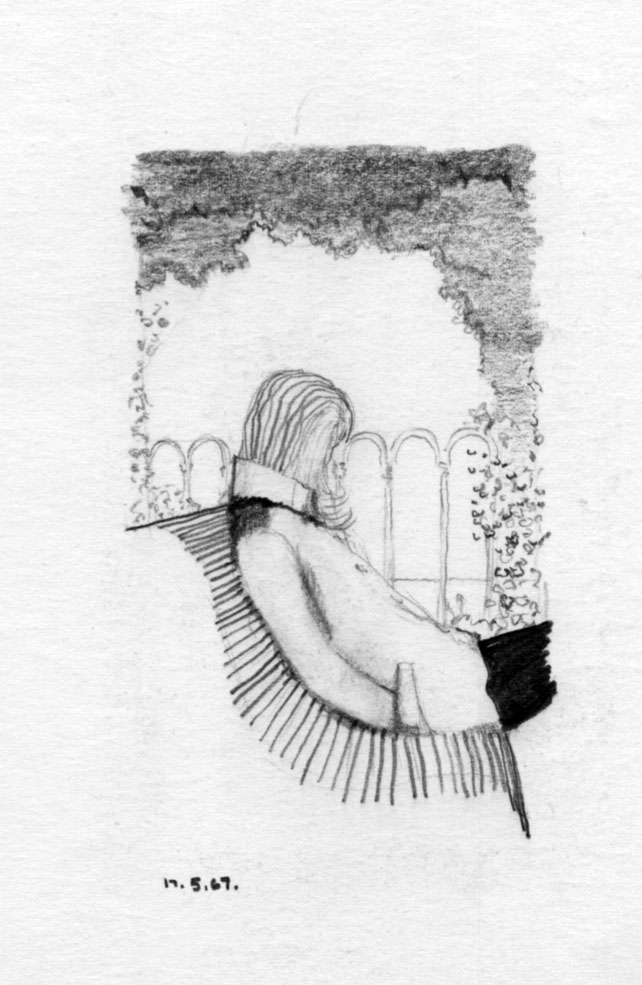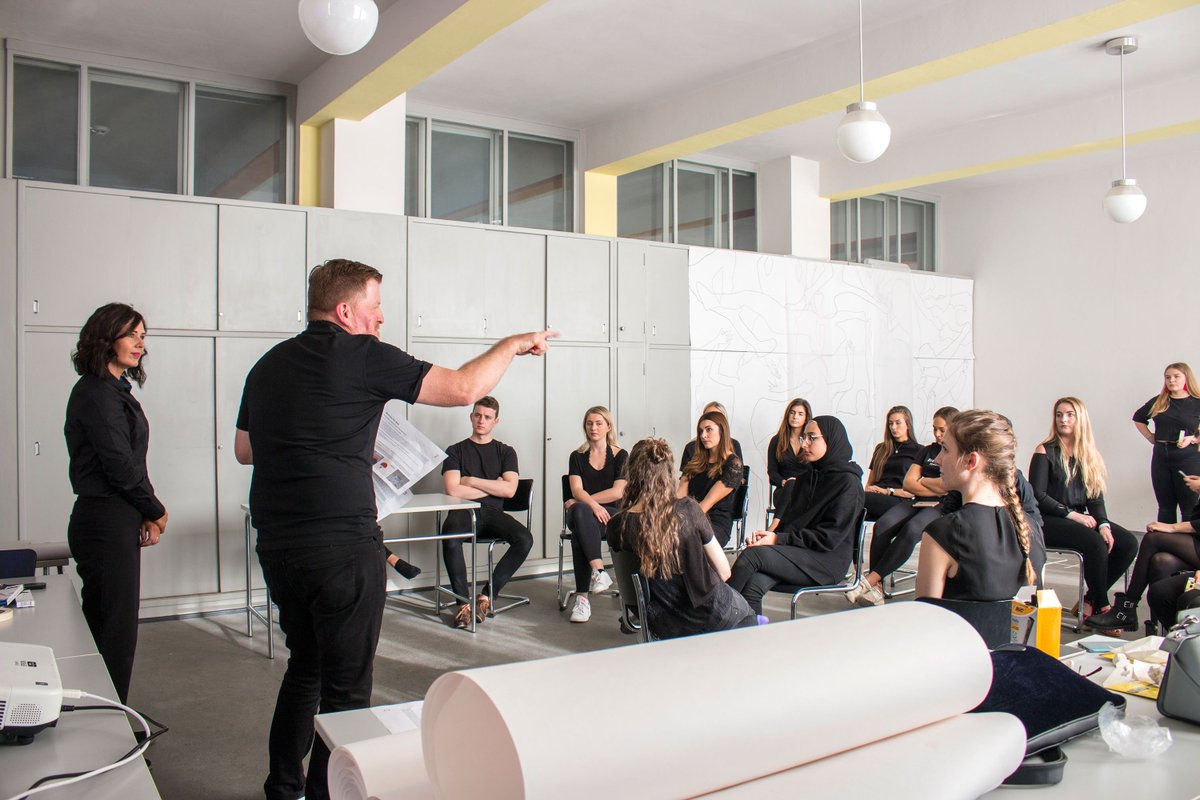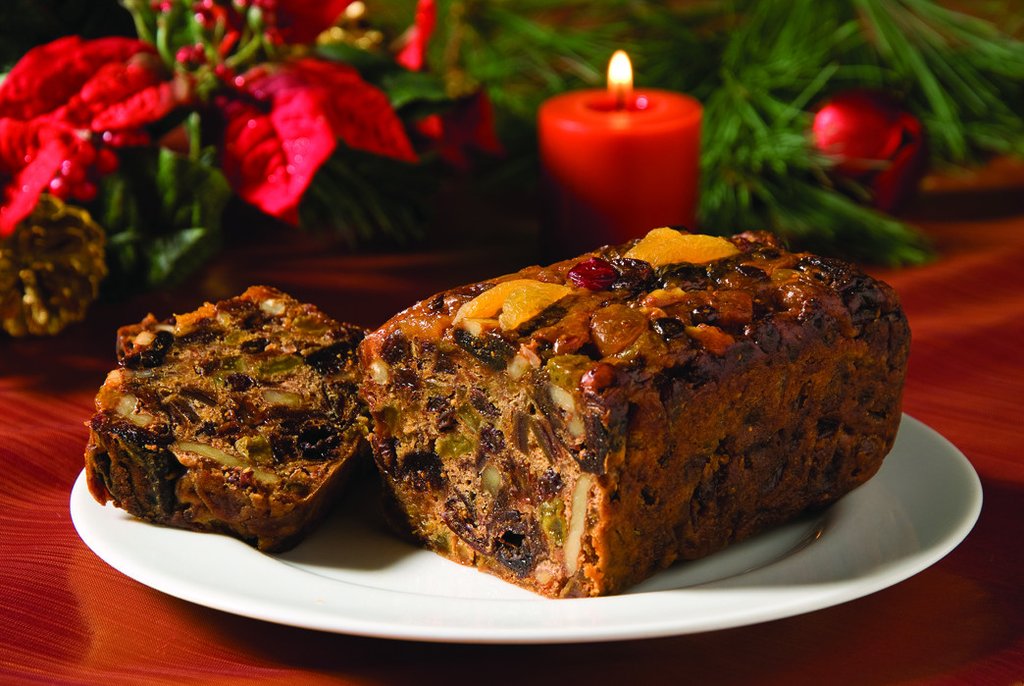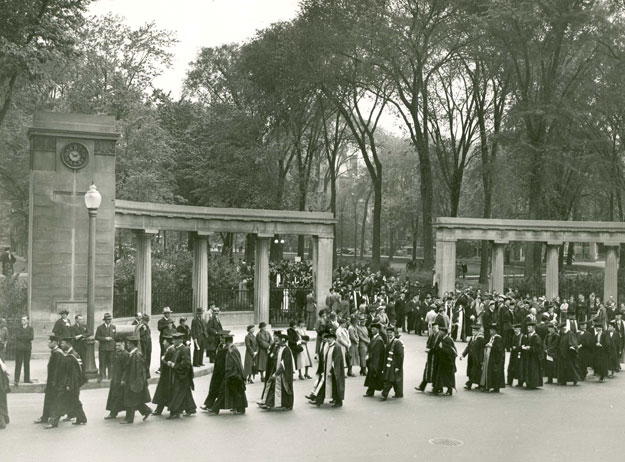AMERICA THE BEAUTIFUL
I recently received my new passport. The pages for stamps and visas are decorated with images, as they have been in the past, but this is the first time I looked at them closely: a windjammer and a lighthouse; a steam engine pulling a train in a Western landscape; a farmer plowing a field with a team of oxen. Not one of the images is contemporary, with the exception of a communications satellite on the inside back cover. The pictures generally invoke a (rosy) pre-industrial past. And except for Independence Hall, there is not a hint of urbanity. America is apparently a land of open spaces,








